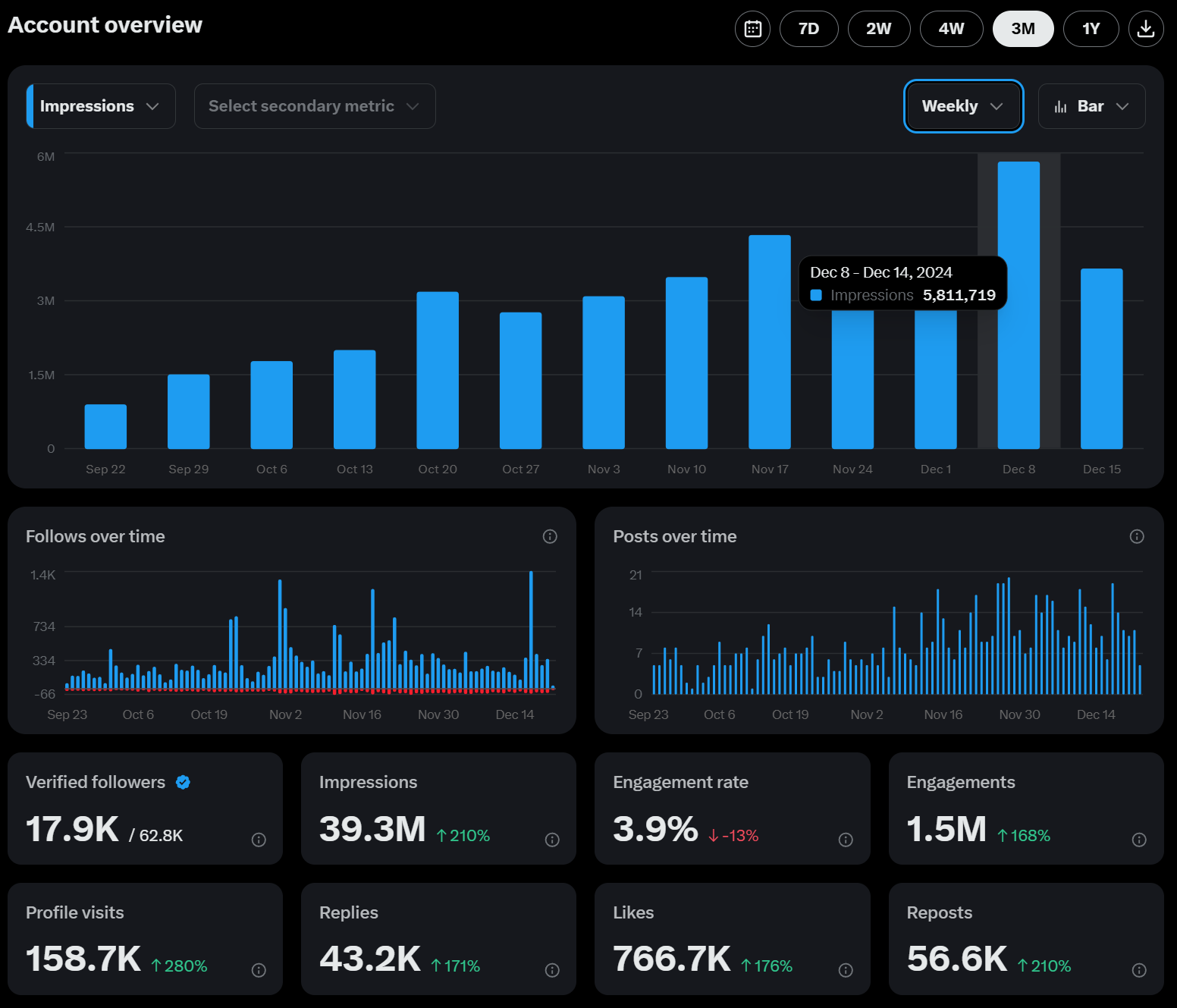Getting Started with the API Twitter: Essential Guide and Resources
Discover the essentials of getting started with the Twitter API. Access key resources and practical tips to enhance your development journey. Read more!

Mastering the API Twitter: A Practical Guide for Developers
Getting Started with Twitter API
Twitter API (Application Programming Interface) is a bridge between programs and Twitter data.
Twitter APIs allow you to read and write information on the platform without manual interaction.
To get started, you need to create a Twitter account and apply for a Twitter Developer account.
You will receive an API key and access token for accessing the Twitter API.
Setting Up the Twitter API Environment
To set up the Twitter API environment, you need to install the necessary libraries and tools.
You can use a Postman Collection to simplify the process of working with the Twitter API.
The collection includes a pre-configured environment with variables such as consumer key, consumer secret, access token, and bearer token.
You can quickly install the collection by clicking the “Run in Postman” button or manually install it from a GitHub repo.
You can set up a Jupyter Notebook for accessing the API and retrieving data from Twitter, which helps in organizing and running your code interactively.
Understanding Twitter API Keys and Tokens
Twitter API keys and tokens are essential components that allow developers to access and manipulate Twitter data. These credentials act as a bridge between your application and the Twitter API, ensuring secure and authorized communication.
Working with Twitter Data
Twitter data includes tweets, direct messages, and user information.
You can use the Twitter API to read and write Twitter data, such as retrieving a user’s tweets or sending a direct message.
You need to have the necessary permissions and access tokens to work with Twitter data.
You can use sample code and tools to simplify the process of working with Twitter data.
Using Twitter APIs with Sample Code and Tools
Twitter provides sample code for individual API features in various programming languages, including Java, Node.js, Python, R, and Ruby.
You can use the sample code to get started with working with the Twitter API.
You need to set up environment variables and obtain credentials and a bearer token to run the samples.
You can use tools like Postman to simplify the process of working with the Twitter API.
Building Twitter API Applications
Building robust Twitter API applications requires a comprehensive understanding of the API, its endpoints, and its limitations. Here’s a step-by-step guide to help you get started:
Testing and Debugging Twitter API Applications
Testing and debugging are critical steps in the development process, ensuring that your Twitter API application functions correctly and efficiently.
Best Practices for Twitter API Development
When developing with the Twitter API, it’s essential to follow best practices to ensure your app is secure and scalable.
You should use secure protocols for authentication and authorization, such as OAuth 1.0a and bearer token authentication.
You should also handle errors and exceptions properly to ensure your app is robust.
You can use tools like Postman to test and debug your API requests.
Optimizing Twitter API Performance
Optimizing the performance of your Twitter API application is crucial for providing a fast and efficient user experience. Here are some strategies to help you optimize your application:
Advanced Twitter API Topics
The Twitter API v2 provides advanced features and endpoints for developers to utilize.
You can use the Twitter API v2 to access additional data and features, such as tweet polls and live streaming.
You need to have the necessary permissions and access tokens to use the Twitter API v2.
You can use sample code and tools to simplify the process of working with the Twitter API v2.
Conclusion and Next Steps
Mastering the Twitter API requires practice and experience.
You can use the Twitter API to build a wide range of applications, from simple bots to complex analytics tools.
You should continue to learn and explore the Twitter API to stay up-to-date with the latest features and best practices.
You can use resources like the Twitter Developer community and GitHub repo to get help and support.
For any API-related question, you can seek assistance or further discussion in the Twitter Developer community forum, which is a valuable resource for troubleshooting and learning.
